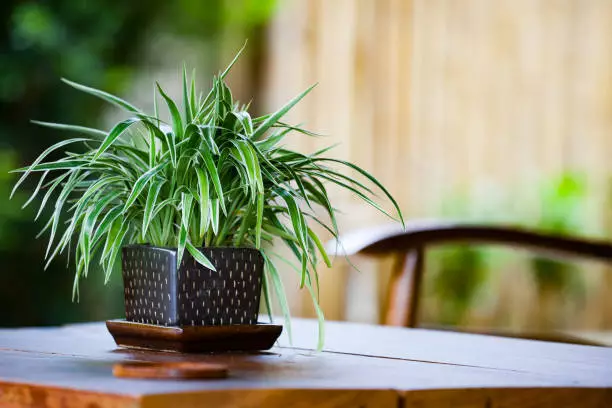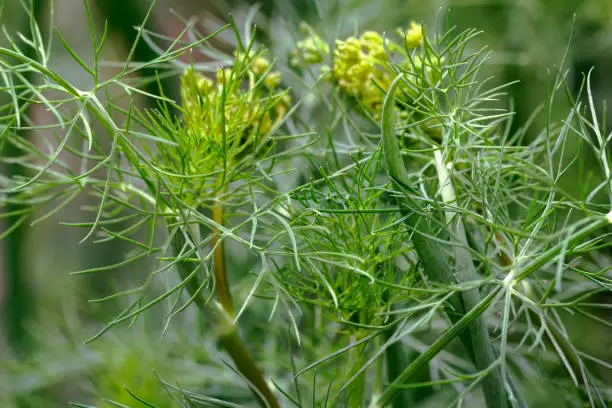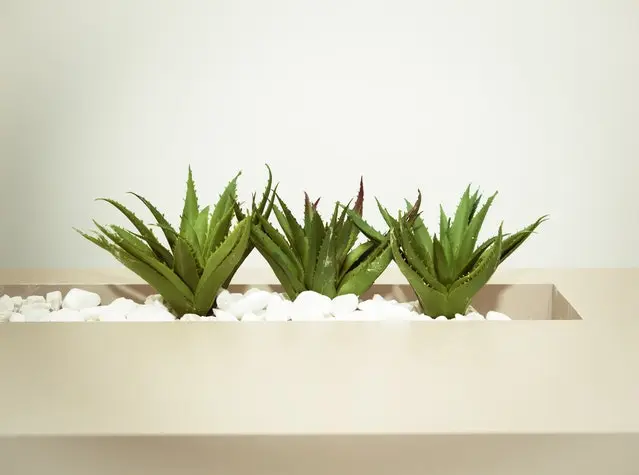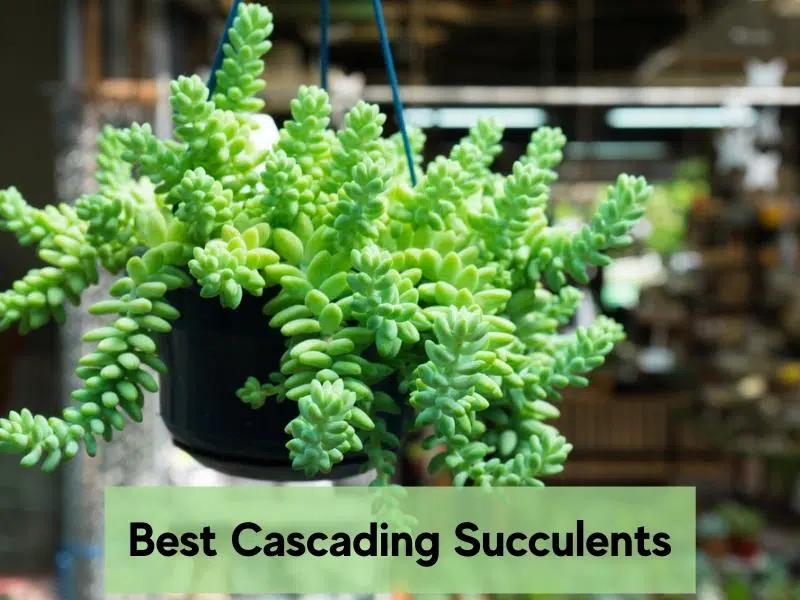Can you see tiny speckled streaks on the surface of your rose plants’ blossoms? Or maybe, some outer petals seem soft and unhealthy, while the fresh foliage on your rose bushes has a gnarled appearance. Well- it’s highly likely that thrips have invaded your garden and are causing damage to your beautiful roses.
Roses are a popular garden plant due to their vibrantly-colored flowers that enhance the curb appeal of any outdoor space. They’re- however- susceptible to a host of pests that feed on the plants’ juices- thrips included.
The good news- however- is that thrips can be controlled or prevented. In this guideline, we’ll take you through how to identify thrips on your roses, how to control them, and what kind of harm they can cause to your rose plants.
How to identify thrips on roses

Thrips are barely visible to the naked eye. However, the damage that they cause to your roses will be clear for you to see. If you notice some of your rose petals have brownish spots and the accompanying foliage has a gnarled appearance, you’re most probably dealing with a thrip infestation.
To determine whether it’s thrips, snap the affected branch off the plant and shake the branch above a bright surface where the tiny insects will be more visible. The thrips will fall off the foliage onto the bright surface. They usually have an elongated appearance, have wings, and are about needle-thin. The slender pests also bear a distinctive yellow-brownish color.
If you have magnifying lenses at home, you can always examine the insects closer. Thrips are usually about 1/20th of an inch long. Male thrips tend to be a tad bit tinier than the females and spot a lighter shade of yellow compared to the yellow-brownish color of the females. Thrips also tend to prefer the brighter spots of the rose plants, such as the petals and are unlikely to be found on the stems and foliage.
How to Get Rid of Thrips on Roses
To effectively control the population of thrips on your rose plants, follow the procedure below:
- Fill your garden spray can with water and set the nozzle to a fine spray.
- Next, spray the water directly onto your rose plants- specifically targeting the blossoms- to dislodge the thrips from the plants.
- You’ll want to perform the aforementioned steps earlier on in the day, to allow your plants to dry up in the daytime sunlight.
Another control method is to snap the affected petals and flower buds from the plant, as this helps to control the population growth rate of the thrips. As soon as you notice signs of damage, ensure to immediately prune off the affected blossoms. We’d advise you to avoid shearing affected plants, as the new growth will reel in even more thrips.
Can you kill thrips when roses are flowering?
Yes, you can kill thrips during the flowering stage without affecting the rose plants’ bloom. This is done by spraying neem oil on the flower buds to kill off the thrips.
What damage do thrips cause on roses?
Thrips can either be beneficial or harmful to your roses, depending on the variety. The beneficial thrips feed on other plant pests, thus helping with pest control. This is why- ideally- you should seek to control the thrip-population of your rose plants, rather than eliminating them.
Harmful thrips will cause damage to the petals of your rose plants in the form of silver/brown-spotted streaks on the surface of open petals. This occurs due to the thrips penetrating the tissue of the petals when feeding on the plant sap.
Apart from petal damage, additional harm can occur whenever the infestation level is high, as the thrips inhibit some of the rose petals from opening.
Another condition called ‘balling’ may also occur due to the thrips overfeeding on the juices of the outer petals. Balling manifests itself in the form of softened outer petals that have been heavily fed on.
These outer petals, later on, dry up to form a hard shell, consequently inhibiting the opening of the inner petals. Finally, a heavy thrip infestation may also cause your rose flower buds to misshapen or become discolored.
Preventing Thrips
As always, prevention is always better than control! To prevent thrips from invading your beautiful, thriving rose garden plants- always ensure the plants are well-watered. This is because thrips thrive in dry conditions.
Alternatively, you can choose to plant hybrid rose plant cultivar varieties that have been cross-bred to be resistant to thrips. Such roses tend to keep their buds closed until it’s time to fully open up, thus preventing thrips from penetrating the buds’ interiors.
The final proactive control measure is usually undertaken while the rose plants are still young; whereby you apply reflective mulching as a thrip-repellant.



